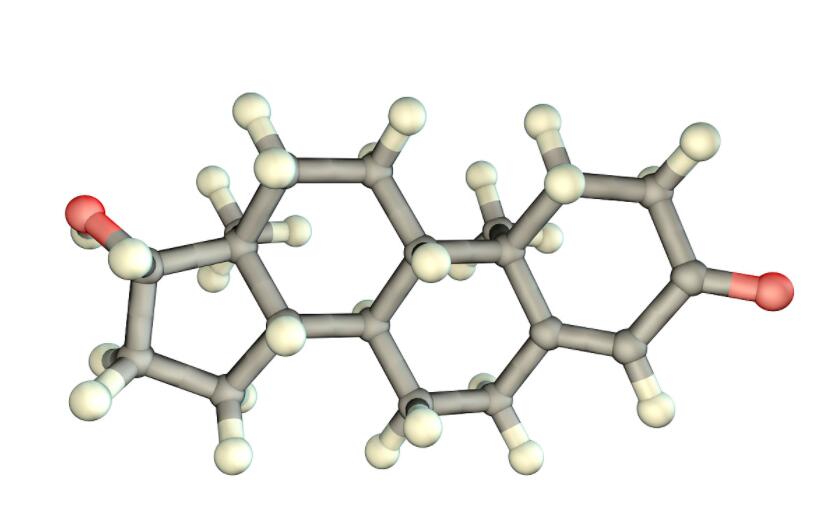Categories
- Blog (804)
- Customer Purchase (378)
- Best Sarms stack (6)
- Weight loss peptide (39)
- Other supplements (32)
- Home made (6)
- Testosterone & TRT & AAS (75)
- PCT (27)
The use of exogenous testosterone can inhibit the body’s natural testosterone production because the body’s hormone regulatory mechanisms adjust their own hormone secretion in response to changes in testosterone levels. Understanding how this inhibition works and its possible solutions is especially important for people using Testosterone Replacement Therapy (TRT) or bodybuilders using testosterone.
Testosterone production in the human body control by the Hypothalamic-Pituitary-Gonadal Axis (HPG axis). When testosterone levels in the body decrease, the hypothalamus secretes gonadotropin-releasing hormone (GnRH), which stimulates the pituitary gland to secrete luteinizing hormone (LH) and follicle-stimulating hormone (FSH). LH acts on Leydig cells in the testes to produce testosterone; FSH can promote sperm production.
When exogenous testosterone enters the body and increases testosterone levels, the feedback mechanism in the HPG axis senses this upward trend, causing the hypothalamus to decrease GnRH secretion and the pituitary to decrease LH and FSH release. This negative feedback mechanism causes the testes to gradually stop producing their own testosterone, which eventually leads to the suppression of natural testosterone. The testes may shrink and sperm production may affected.
After discontinuation of exogenous testosterone, the body’s HPG axis takes time to restore natural testosterone production, but this recovery process can vary from person to person and usually takes several weeks to several months. During the recovery process, testosterone levels in the body may be very low for a time, leading to symptoms such as low mood, decreased sex drive, and decreased physical strength. Therefore, additional measures needed to help speed up the recovery process.
Long-term exogenous testosterone use and the resulting natural testosterone suppression may have several effects:

In response to natural testosterone suppression caused by exogenous testosterone use, there are auxiliary measures that promote natural testosterone recovery, the following are common methods:
Human chorionic gonadotropin (hCG) is a hormone that mimics the effects of LH and activate the Leydig cells of the testes to produce testosterone. By using hCG, partial testicular function can maintaine during exogenous testosterone use, reducing testicular atrophy and helping to speed recovery after withdrawal.
SERM drugs (such as clomiphene and tamoxifen) can indirectly promote LH and FSH secretion by acting on the hypothalamus and pituitary gland and stimulating GnRH secretion. These drugs can activate the HPG axis after withdrawal of exogenous testosterone, accelerating the recovery process of natural testosterone.
Testosterone can convert to estradiol, and an increase in estradiol further suppresses GnRH secretion in the hypothalamus, leading to more severe testosterone suppression. Aromatase inhibitors (such as anastrozole) can inhibit the conversion of testosterone to estradiol, thereby reducing the negative feedback of estrogen and indirectly promoting testosterone secretion. This method often assist in the recovery phase after withdrawal of exogenous testosterone.
After stopping exogenous testosterone, monitoring is usually recommended to see how natural testosterone levels recover. The recovery period may be accompanied by side effects such as low mood and decreased energy, so it is recommended to adjust lifestyle, increase exercise, maintain a healthy diet, and properly manage stress. In addition, it is also possible to help the body recover naturally by supplementing vitamin D, zinc and other nutrients that contribute to the production of testosterone.
Exogenous testosterone can inhibit natural testosterone production through negative feedback, leading to decreased testicular function and other adverse effects. After withdrawal, the recovery process of natural testosterone may be longer, but it can be accelerated by assistive methods such as hCG, SERM, and AI. Effective withdrawal management and lifestyle adjustments can also help smooth the recovery period.